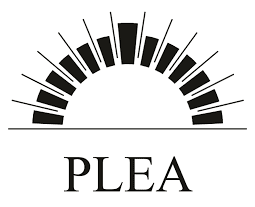Sorption Behaviour of Lime-Hemp Concrete and its Relation to Indoor Comfort and Energy Demand
Air Ventilation Assessment System for High Density Planning and Design
In 2003, Hong Kong was hit by Severe Acute Respiratory Syndrome (SARS) from which many people died. The Hong Kong Government subsequently set up a Team Clean Committee to investigate possible infectious disease prevention measures and policies. One of the general feelings was that SARS should be taken as a wake up call to critically examine the city for healthy living. Team Clean then charged the task to the Planning Department, HKSAR. It initiated a study titled: “Feasibility Study for Establishment of Air Ventilation Assessment (AVA) System”. In 2003, the research contract was entrusted to Professor Edward Ng of Department of Architecture, CUHK. Over the next two and a half years, a number of studies were conducted. The study eventually led to a methodology of Air Ventilation Assessment (AVA). Unlike many countries with guidelines for dealing with strong wind conditions, AVA is a guideline for weak wind conditions specifically designed to deal with congested urban conditions. The AVA system basically establishes a method for project developers to objectively assess their designs. The Government of Hong Kong has adopted the system and will require all major development projects to undertake the assessment. The first test case has been a 328 hectare old-airport site in the city centre. The scientific and implementation processes leading to the AVA system is reported in this paper.
Integration and Formal Development of Solar Thermal Collectors
The paper presents selected results of an investigation over possible ways to improve Building Integrated Solar Thermal systems (BIST) on the formal level. It shows the results of a European survey intended to help defining quality in the architectural integration of BIST. A few criteria of integration are derived and presented as guidelines intended to support architects in their integration design work. Finally the paper describes a methodology for the formal development of solar thermal collectors responding to both energy and architectural needs.

